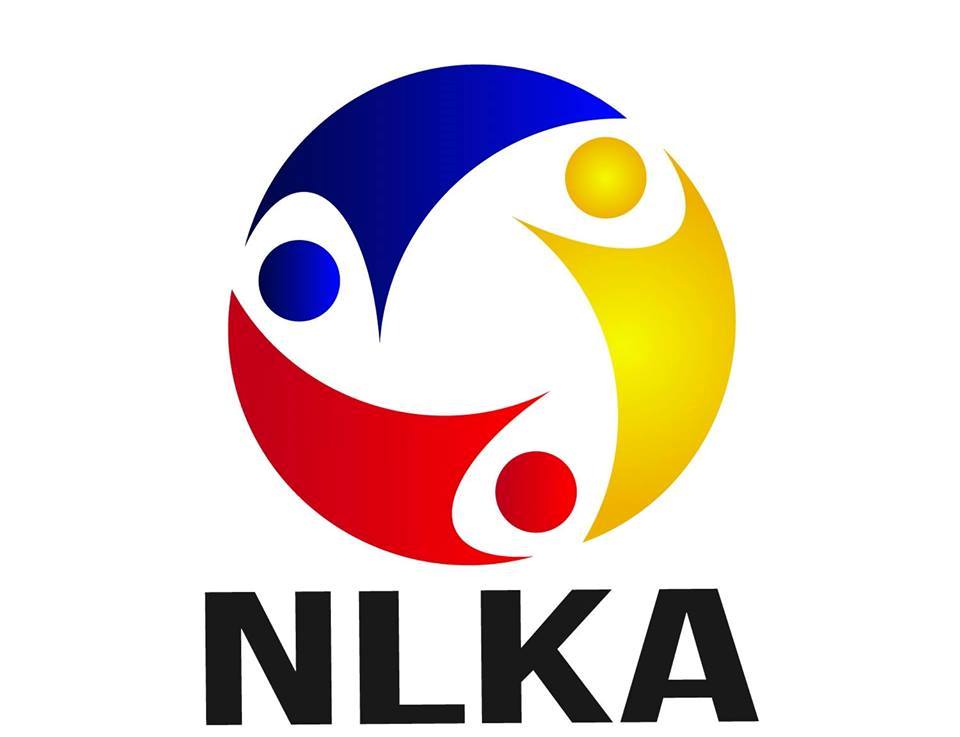Introduction and Context
Current muscle training guidelines support that loads greater than 70% of 1RM are needed to maximize muscle strength and hypertrophy adaptations (ACSM, 2009). Similarly, the "RM continuum" asserts that gains in maximum strength are optimal with loads of 1-5 RM and that gains in hypertrophy are best achieved with loads of 6-12 RM (Bachle, 2008).
These recommendations are based on the belief that heavy loads are necessary to recruit motor units with a very high threshold (IIx fibers), the very ones that cause the maximum force adaptations. It remains uncertain as to whether light-weight training is capable of recruiting all the motor units required during a series of weight training. Ongoing research indicates that muscular fiber recruitment follows Henneman's spatio-temporal principle discovered in 1965, which means that smaller motor units are recruited first during a movement and then follow larger motor units when strength production needs increase.
Although this seems to justify the relevance of using heavy loads to maximize muscle adaptations, some researchers have postulated that training with intensities as low as 30% of 1RM could result in complete motor unit recruitment, provided that sets are performed up to localized muscle failure (Burd 2012, Carpinelli 2008)
Methodology
The purpose of this article is to make a meta-analysis to compare the observed changes in maximal strength and hypertrophy following two different muscle training protocols; one with heavy loads and the other with light loads.
The studies listed should include the following criteria:
a) An experimental test involving a light load protocol ≤60% 1RM and a high load protocol> 60% 1RM.
b) Contain training that has been done with sets that achieve localized muscle failure.
c) Assess maximum strength and / or hypertrophy during the training protocol
d) Duration for a minimum of 6 weeks
e) Have participants with no known medical conditions or injuries affecting fitness.
A total of 21 studies were selected for a total of 630 subjects, 82% of whom were untrained (Table-1). To be accounted for in the meta-analysis, the studies had to be methodologically comparable and ensured that they all contained the following elements:
1) The high intensity training was done in an average area of 6-11 RM (8.5 ± 2.5 rep.) With 2-3 min of rest and those of low intensity between 18 to 34 RM (26 ± 8 rep.) with 1-2 min rest.
2) The studies included 1 or more exercises (total body training) with a volume of 3-4 series / muscle group.
3) Maximum strength was measured by one or more 1RM tests (bench press, squat, leg press, isometric test) and hypertrophy by various body composition measurements (DEXA, Bod Pod, skin calliper, ultrasound and muscle biopsy).
|
Distribution of subjects according to their level of fitness |
||
|
TABLE-1 |
Not Trained |
Trained |
|
Nbr. studies - 21 |
18 |
3 |
|
Nbr total subjects - 630 |
517 |
113 |
Resultats
Training with heavy loads showed a significant advantage in strength gains compared to light weight training. Average results were 35.4% and 28.0%, respectively. These results respect the principle of specificity which establishes that the more a training faithfully reproduces the requirements of a test, the more the transfer of the training towards this test is important.
These results, therefore, indicate that, although heavy loads are required to achieve gains in maximum strength, lighter loads also promote substantial increases.
Data from measurements of muscle mass gain indicate an average increase of 7.6%. Although there is a difference in improvement between the group with heavy loads vs light load (8.3% vs. 7.0%), this difference is not statistically significant, but a favorable tendency towards heavy workloads . Average results are therefore comparable between high and low load conditions (Table-2).
|
Summary of the average parameters of the 21 studies |
||
|
TABLE-2 |
Heavy loads |
Light loads |
|
Duration |
9 weeks |
|
|
Frequency |
3x/week |
|
|
Sets/muscle gr. |
3-4 sets |
|
|
Repetitions |
8,5 RM |
26 RM |
|
Gain in max strength 1RM |
35,4%* |
28% |
|
Gain in hypertrophy |
8,3% |
7% |
The results thus indicate that heavy and light loads can be equally effective in promoting muscle growth provided that training is performed with a high level of effort, up to localized fatigue (temporary muscle failure).
It should be noted that the studies show an effect specific to the type of fiber according to the training zone; with heavier loads, they show larger increases in the cross-section of type-II muscle fibers, whereas with lighter loads the increase is more in the type-I muscle fibers. This implies a potential benefit from training in a range of repetitions when the goal is to maximize hypertrophic adaptations.
From a motivational point of view, there was an 87% attendance rate during research protocols and on the safety side, the authors report that training with a low or high load is just as safe since only 2 of 21 included studies reported mild adverse events (ie mild tendinopathy and 2 minor injuries (1 in each group).
Conclusion
Given the significant gains in maximum strength and hypertrophy of light load training (≤60% of 1RM) compared to heavy loads, there is therefore an important range of repetitions that can be prescribed to promote strength and muscle mass
It should be noted that all studies included in this analysis used localized muscle failure to establish the termination of a sets. Therefore, the application of these results in a training program must take into account the contribution of concentric phase muscle failure to the expected results.


.png) FIND A KIN
FIND A KIN



